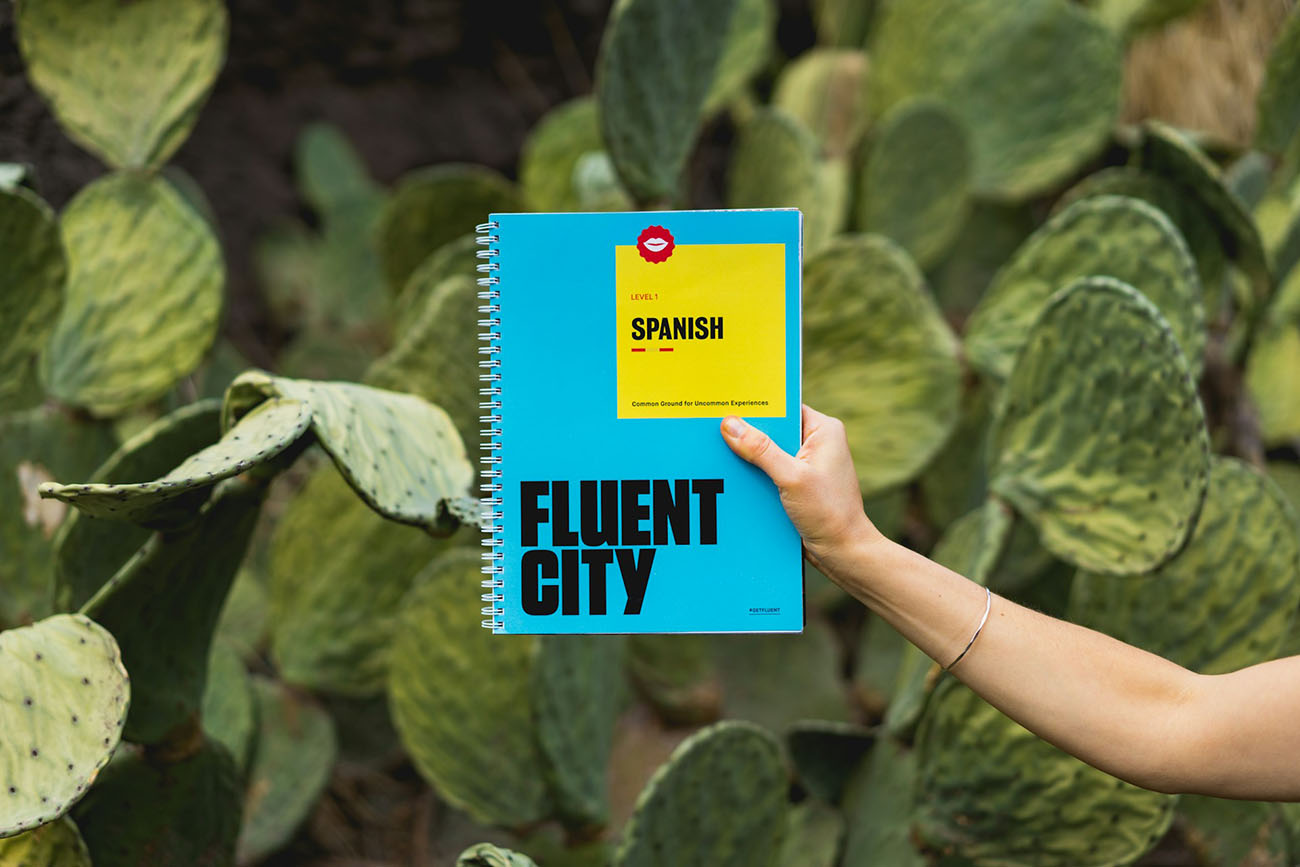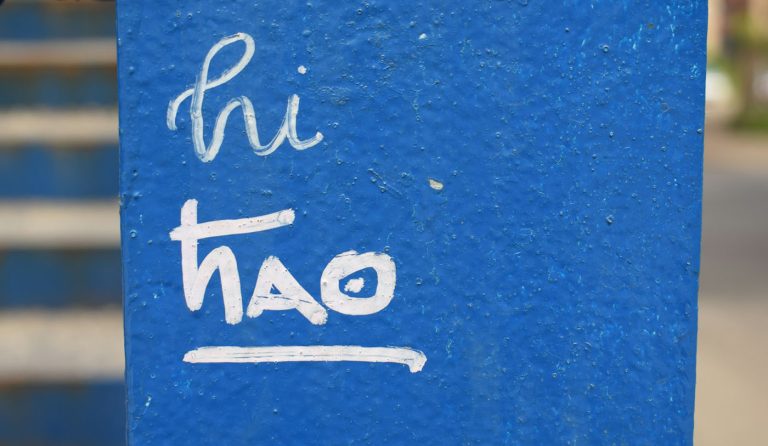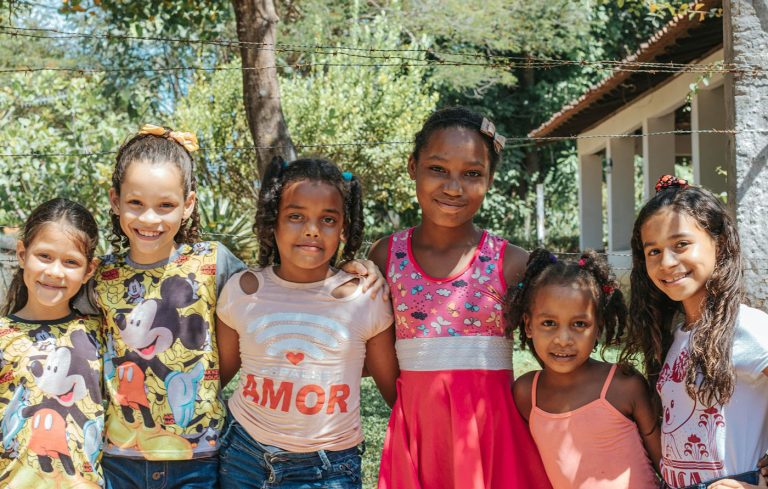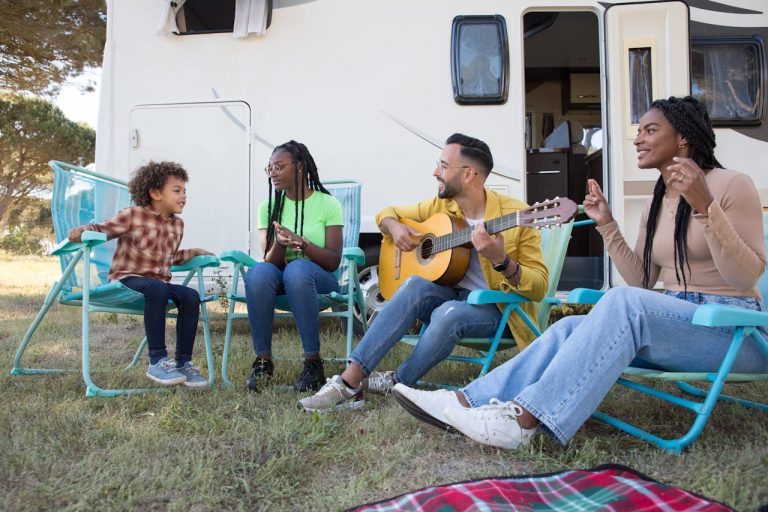Bilingual Books for Kids: Why They Matter and Where to Start
In our increasingly interconnected world, raising bilingual children is a gift that opens doors to new cultures, enhanced cognitive abilities, and a deeper understanding of diversity. While conversations and cultural immersion are key, one of the most powerful and accessible tools for fostering bilingualism and cultural connection is the bilingual book.
But why do they matter so much, and with so many options, where do you even begin?
Why Bilingual Books Are Game-Changers for Kids
Bilingual books offer a unique set of advantages that go beyond simply presenting two languages:
- Language Acquisition Support: For children learning a second language, having the text available in their dominant language acts as a scaffold. They can understand the story and context, which aids in deciphering the new vocabulary and grammar. For heritage language learners, it allows parents who may not be fluent in the heritage language to still engage with the story in their dominant language while exposing their child to the other.
- Cognitive Benefits: Flipping between two languages on the same page can subtly enhance cognitive flexibility, problem-solving skills, and even attention span. It’s a gentle brain workout!
- Cultural Connection: Many bilingual books feature stories, characters, and illustrations that reflect the culture of the less dominant language, providing a window into heritage and diverse traditions. This can be particularly powerful for children growing up far from their ancestral lands.
- Enhanced Vocabulary and Comprehension: Children are exposed to new words and concepts in both languages within a meaningful context, helping them build a richer vocabulary across the board.
- Encourages Reading Habits: By making language learning feel less like a chore and more like an enjoyable storytelling experience, bilingual books can foster a lifelong love of reading in multiple languages.
- Bridge for Parents: For parents who may not be fully fluent in one of the languages, bilingual books enable them to participate equally in story time, fostering a stronger bond and shared learning experience.
Where to Start: Finding the Right Bilingual Books
The world of bilingual books is growing, which is fantastic! Here’s how to navigate it:
- Identify Your Target Languages: Most commonly, you’ll be looking for books in English and another language (e.g., Spanish, French, Mandarin, Arabic, isiXhosa). Be specific in your search.
- Consider Your Child’s Age and Interests:
- Babies & Toddlers (0-3): Look for board books with simple vocabulary, bright illustrations, and repetitive phrases. Focus on everyday objects, animals, and actions.
- Preschoolers (3-5): Books with slightly more complex narratives, engaging characters, and themes like friendships, emotions, or early learning concepts.
- Early Readers (5-8): Transition to books with more text, clear plots, and perhaps even some early chapter books if available in bilingual format.
- Choose the Right Format:
- Side-by-Side Text: One page in one language, the opposite page in the other. This is very common and easy to follow.
- Line-by-Line: Each sentence or paragraph is presented in both languages before moving to the next. This can be great for direct comparison.
- Dual Language on Same Page: Both languages might appear on the same page, sometimes with one language in bold or a different color.
- Flip Books: One language reads from front to back, then you flip the book over to read the other language from what was previously the back.
- Look for Engaging Stories and Illustrations: A compelling story and beautiful artwork will capture your child’s attention regardless of the language. Even if a book is perfectly bilingual, it won’t be effective if it’s boring!
- Seek Out Cultural Relevance: If connecting to a specific heritage is a goal, look for books that feature cultural elements, traditional stories, or characters that reflect that background.
Where to Find Them:
- Online Retailers: Amazon, Book Depository, and specialized online bookstores often have extensive “bilingual books” or “dual language books” sections. Search by specific language pairs.
- Local Libraries: Many public libraries now have excellent collections of bilingual books, especially for common language pairs in their area.
- Independent Bookstores: Smaller, independent bookstores, especially those focused on diversity or specific communities, can be hidden gems for unique bilingual titles.
- Publishers Specializing in Bilingual Books: Research publishers like Barefoot Books, Language Lizard, and many others who specifically focus on multicultural and bilingual children’s literature.
- Community Centers & Cultural Organizations: These often have resources or recommendations for books in heritage languages.
Integrating bilingual books into your child’s routine is a simple yet profoundly impactful way to support their language development, nurture their cultural identity, and instill a lifelong love of reading. So, pick a story, settle in, and embark on a wonderful linguistic adventure with your little one!



